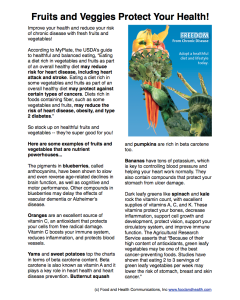How does Food and Health get the information it offers?
I’ve been asked that question a lot lately, and since I’m so proud of the answer, I want to share it with you. After all, it’s important to get your information from sources that are trustworthy and accurate. How else are you going to have confidence in what you offer your clients?
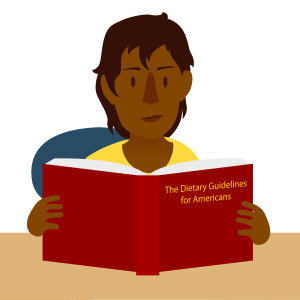
So, let’s start with the Dietary Guidelines for Americans.
The Dietary Guidelines are our gold standard and the base for many of our materials and articles. To make the guidelines, a committee of university professors go through the latest peer-reviewed journals and distill the most important information into a document for the public. These guidelines are updated every five years, and a new update is just around the corner!
MyPlate is also a key player on our stage. Put forward by the United States Department of Agriculture (USDA), MyPlate is based on the Dietary Guidelines for Americans and offers a guide to what people should eat each day, along with descriptions of the health impact of various foods. MyPlate is key to the health and nutrition policies of many government agencies and public schools.

Of course, we don’t stop there! We constantly monitor government agencies and associations for news updates and scientific information. Here are the heavy hitters…
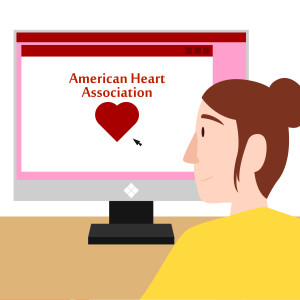
Now let’s talk about our team. After all, what we do with the information is almost as important as where we get it, right?
Our professionally-accredited editors and advisory board members evaluate the data, looking for practical information, updates, and opinions from private and public practices. Then they put everything into plain language that highlights the key points.
After that, we arrange everything into aesthetically-pleasing and engaging handouts and blog posts with the help of our artists and web team. Our chef often creates related materials to help make sticking to these health recommendations easier. After all, it’s more fun to eat healthfully when the food also looks delicious and tastes good, right?
But the bottom line is that we stick to peer-reviewed science that you can trust.
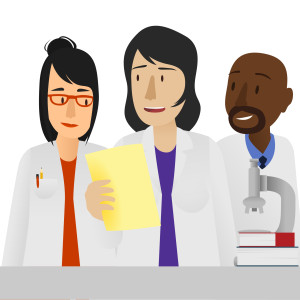
In fact, we don’t accept any industry advertising whatsoever. That way, we never feel compelled to protect our sponsors or present any information in a different light that might be less harmful to foods that aren’t good for our health. Since we don’t receive advertising dollars, we don’t have to appease our advertisers. Instead, we can focus on you.
So there you have it. A closer look at our information, how we present it and where we get it. I hope you enjoyed it!
Want to see how we put that information to good use? Here are some of our favorite heath and nutrition educational materials…
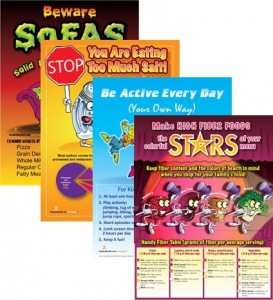
Dietary Guidelines for Americans Poster Set
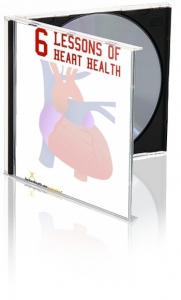
6 Lessons of Heart Health PowerPoint and Handout Set
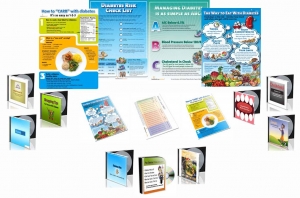
Premium Diabetes Education Kit
Oh, and as a special bonus, I’ve included a copy of the handout that comes with the Freedom from Chronic Disease poster. Want a PDF version that’s all your own? Get your copy right here!